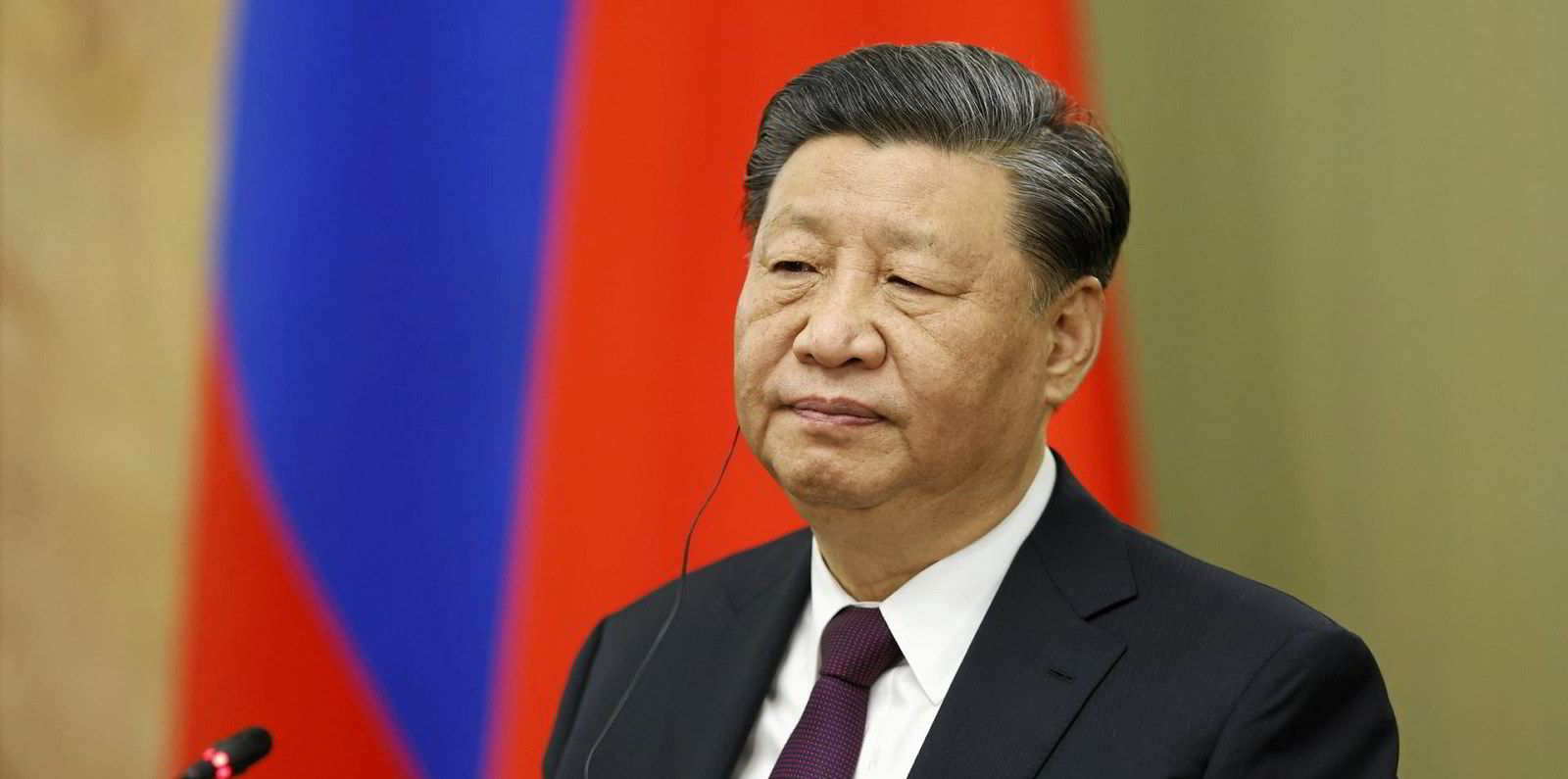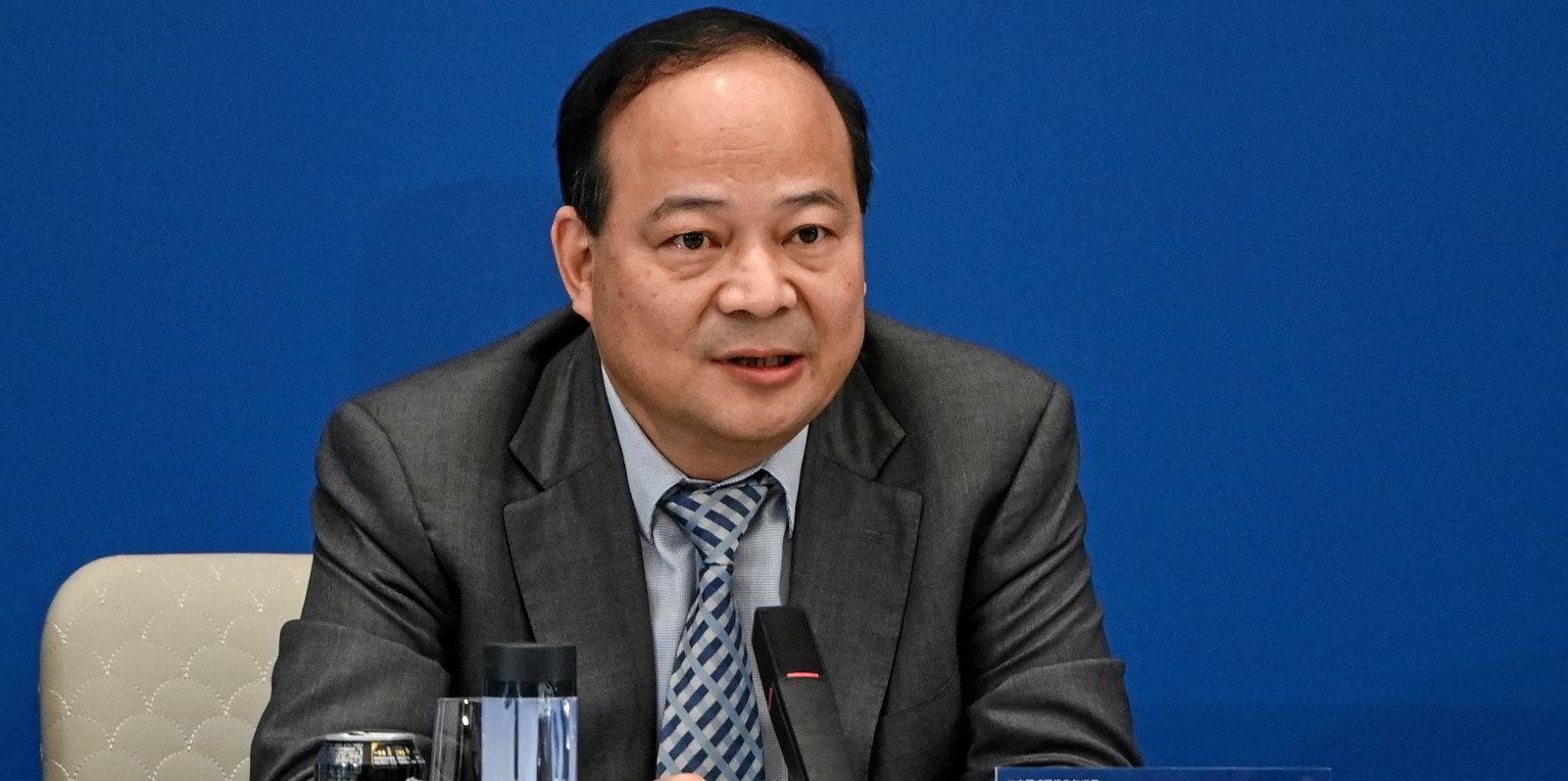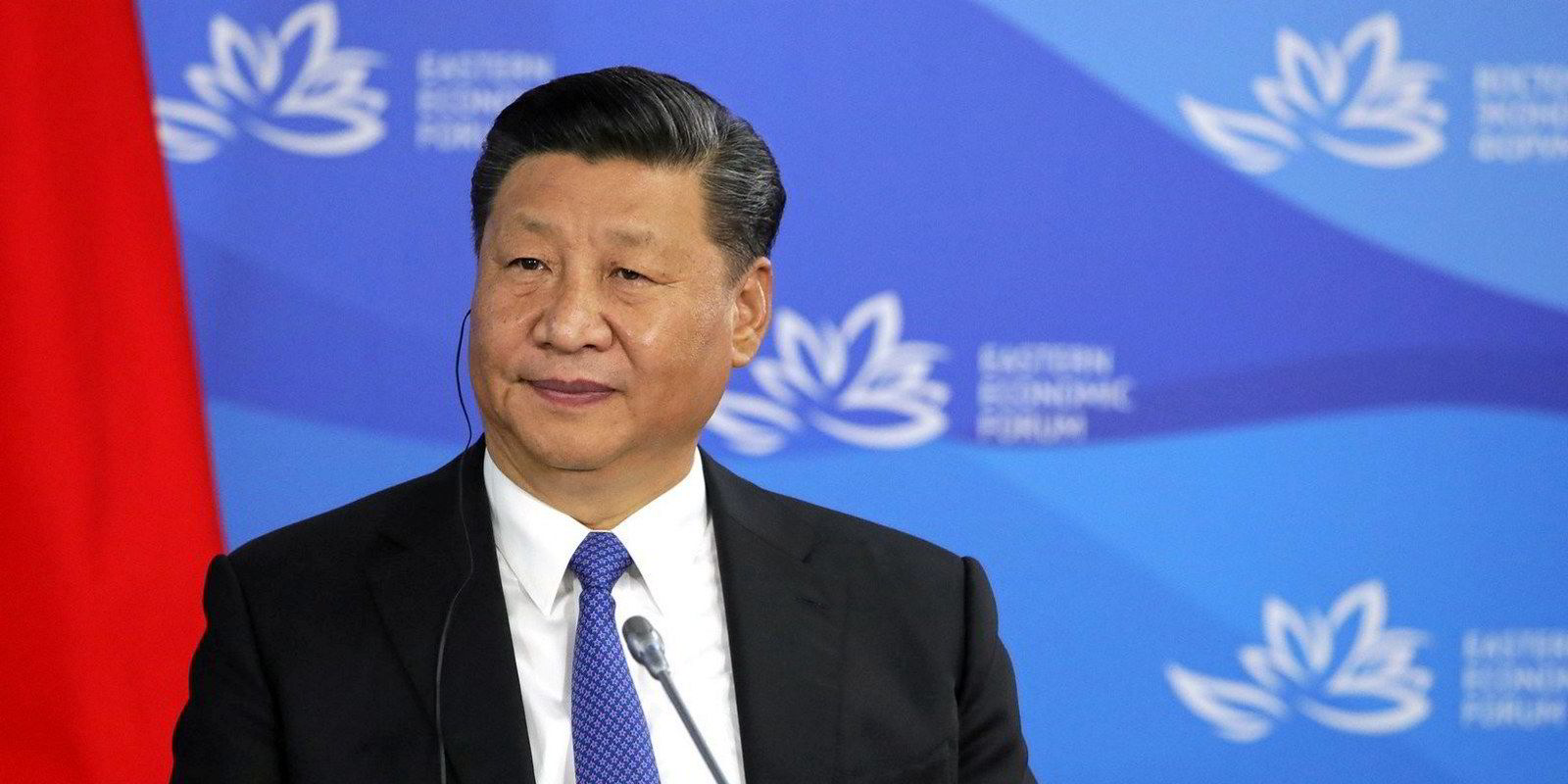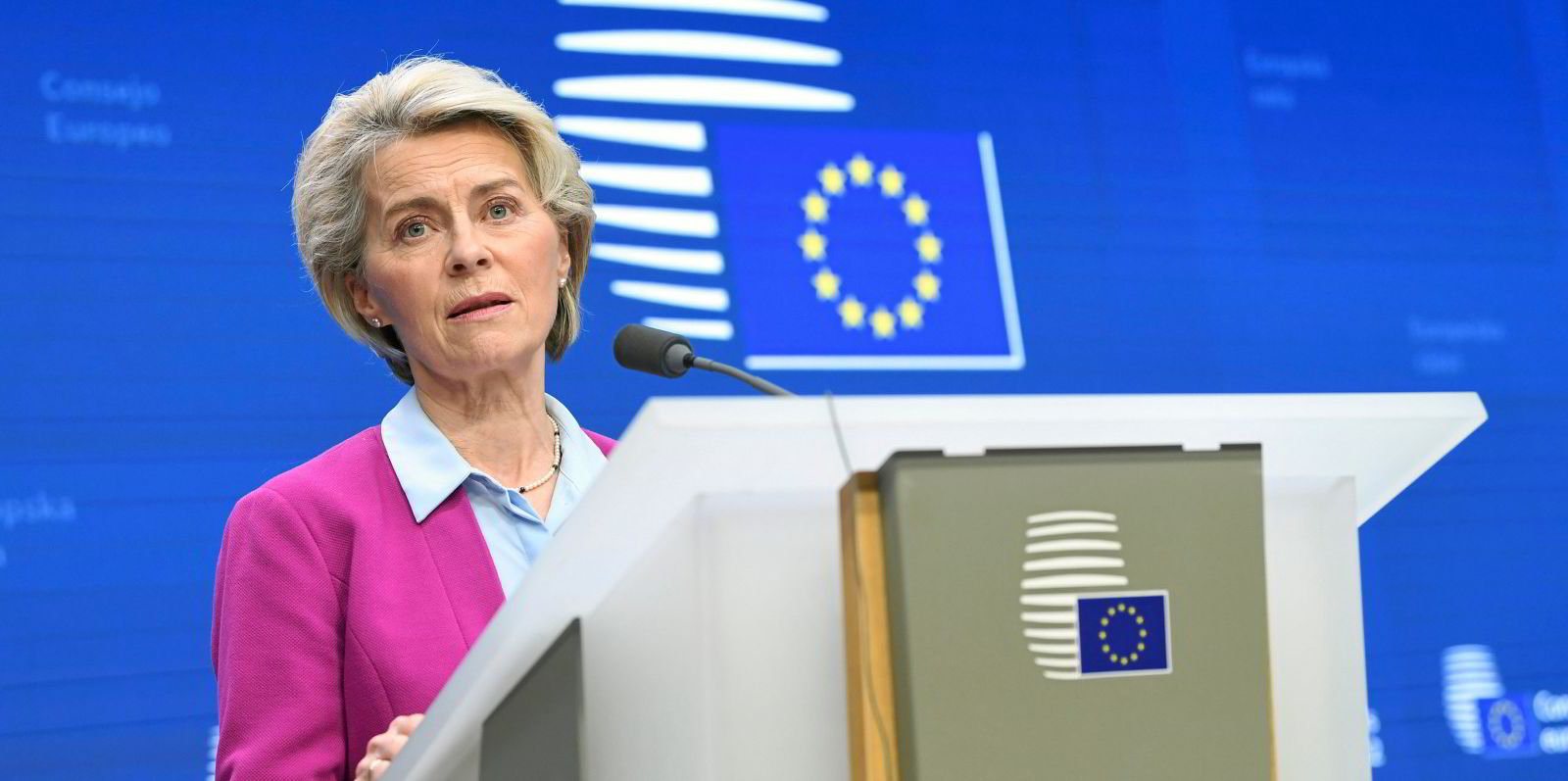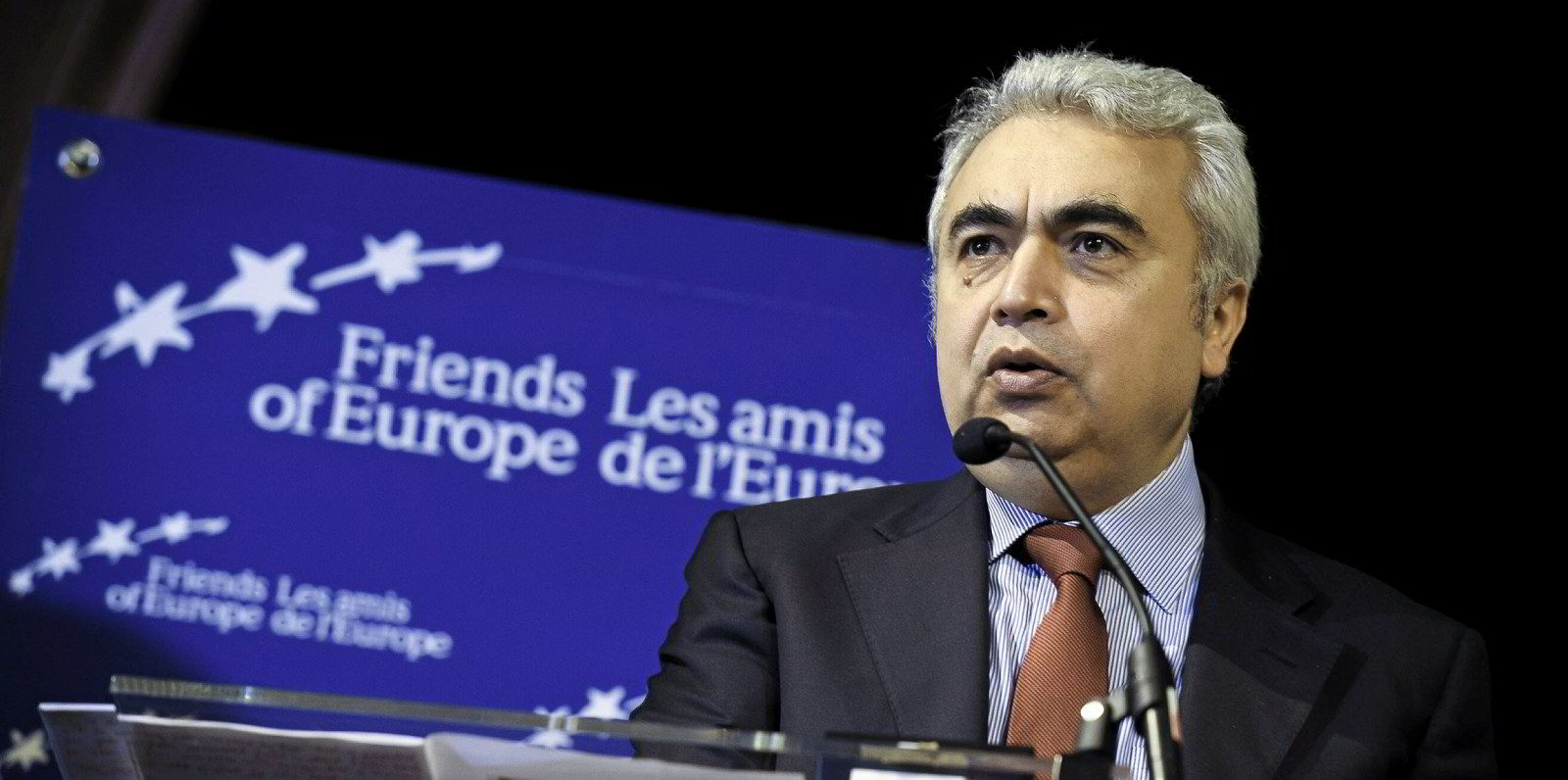China is making more cheap solar panels, wind turbines and batteries than the world knows what to do with, which is great news for the energy transition but a headache for Western governments trying to boost their own manufacturing capacity, according to BloombergNEF.
“Cyclical overcapacity is a feature across the Chinese economy, from steel to lower-end semiconductors,” said clean energy research specialist BNEF in a new report. “But today’s surplus of clean-tech manufacturing is unprecedented.”
Chinese supply capacity is said to outstrip global demand for solar equipment, lithium-ion batteries, hydrogen electrolysers and wind turbine nacelles.
Over the next two years, BNEF predicts that China’s manufacturing capacity for solar modules and battery cells will be around double the level of global demand consistent with reaching net zero emissions by mid-century.
This is great news for the global race to net zero, as the prices of everything from solar modules to batteries fall.
“But a world awash with cheap, cutting-edge tech made in China is one where the case for producing things elsewhere is harder to make – bad news for growing onshoring ambitions.”
In fact, with countries such as the US and India and the EU bloc of nations all in the midst of efforts to boost their domestic clean tech manufacturing, "the timing couldn’t be worse."
Simply put, “duplicating supply chains when the world is already awash with cheap equipment makes little economic sense”, said BNEF.
The desire to onshore clean tech manufacturing is partly a result of concerns around energy security. Russia’s invasion of Ukraine and the resulting energy crisis served a painful lesson – especially for the EU – about the risks of relying on potentially hostile states for power needs.
The West’s tense relationship with China over issues such as trade and Taiwan has made the EU and US reluctant to become dependent on the country when it comes to solar panels, batteries and hydrogen electrolysers, among other clean technologies.
Indeed, EU leaders were recently warned not to repeat the mistakes of their previous reliance on Russian gas by becoming hooked on Chinese lithium-ion batteries.
It is with these concerns in mind that US President Joe Biden passed the $369bn Inflation Reduction Act (IRA) in 2022 to boost homegrown clean tech manufacturing. The EU followed with its own package, while India has enacted protectionist trade measures to boost its solar industry.
But even the pull of attractive subsidies may not be enough to overturn the logic of buying cheap Chinese exports. BNEF cited the case of solar manufacturer CubicPV, which last month cancelled plans for a 10GW/year wafer factory in the US citing a steep fall in wafer prices.
Reshuffling supply chains to bring them closer to home is simply “tougher to justify when the world is already swamped with cheap, high-quality exports,” said BNEF.
“Rampant overcapacity puts pressure on would-be onshorers to double down on ambitious (and expensive) localisation plans, refocus efforts on priority sectors, or simply give up.”
“Then again, onshoring was never really about economics,” said BNEF. Governments knew that local manufacturing “comes at a premium,” with other benefits including diversification, employment and value creation.
However, “if resilience is the focus, then maintaining updated solar module stockpiles may be a more judicious choice than striving to grow, say, a US solar supply chain from scratch,” it said.
“Doing so would forego duplicating manufacturing capacity when clean energy deployment is primed to ramp up.”
The overcapacity is also bad news for Chinese manufacturers, said BNEF, whose margins will “continue to suffer as competition goes from red- to white-hot”.
